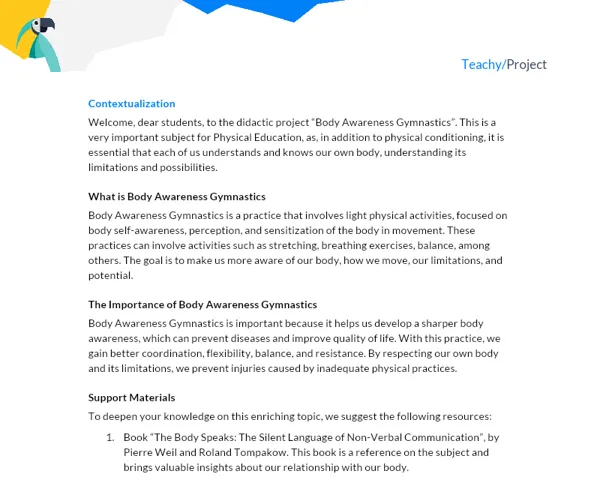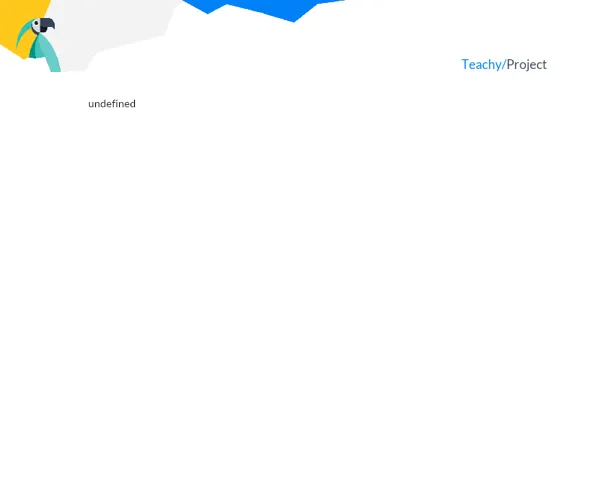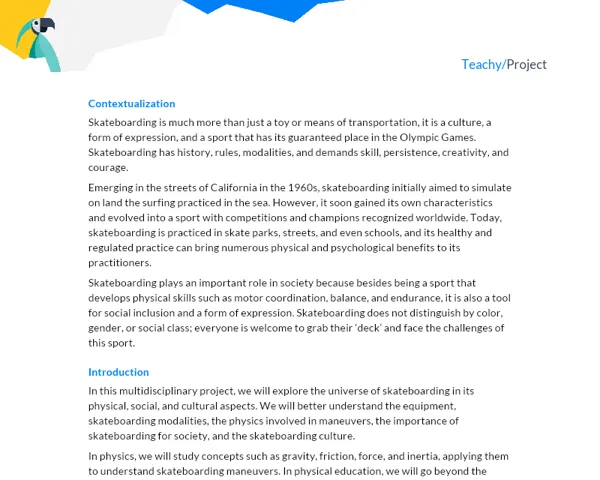Contextualization
Introduction to the Theme
The game of 'Blind Man's Bluff' is a game with unknown origins, but that is probably practiced for many centuries. It involves a group of children, with one of them blindfolded and spun in a circle until losing the sense of direction. After that, they must try to catch one of the other children, who must move to avoid being caught.
This game develops motor skills, such as balance, motor coordination, and spatial awareness. Furthermore, it also stimulates a very important aspect: the ability to adapt. The blindfolded child needs to learn to move and position themselves in an environment they cannot see, which requires a lot of perception and adaptation.
Why study 'Blind Man's Bluff'?
The game of 'Blind Man's Bluff' is an excellent tool for the development of many motor and socio-emotional skills. In the motor aspect, it helps improve balance, motor coordination, spatial awareness, and body control. In the socio-emotional aspect, the game stimulates cooperation, perception of others, tolerance for frustration, problem-solving, and creativity.
Practical Activity
Activity Title: 'The Blind Man's Bluff Journey'
Project Objective
The objective of this project is to deepen students' knowledge about the game of 'Blind Man's Bluff', exploring its origins, rules, and benefits. In addition, they should develop socio-emotional skills, such as cooperation, respect for others, problem-solving, and communication.
Detailed Project Description
Students will be divided into groups of 3 to 5 members. Each group will have the task of creating a 'Blind Man's Bluff Journey Guide'. This guide should include:
-
Origins and History: A research on the origin of the game and its history, if there are variations in different cultures, why it is called 'Blind Man's Bluff', and so on.
-
Game Rules: A detailed description of the game rules, including how many children participate, how the catcher is chosen, what happens when someone is caught, etc. Students should also think and write about possible rule variations.
-
Game Benefits: A reflection on the benefits that the game brings to children's development, both from a motor and socio-emotional point of view.
-
Game in Action: A demonstration of how the game is played, which can be a drawing, a comic strip, or even a short video recorded by the students themselves.
-
Reflective Journey: A space for students to record their experiences playing 'Blind Man's Bluff', including what they learned, what were the most difficult and most fun parts, and how they felt during the game.
Necessary Materials
- Books, magazines, and/or internet access for research.
- Paper, pencils, and pens for writing and drawing.
- Materials to create the demonstration of the game in action (colored papers, colored pencils, markers, glue, scissors, etc.).
- If they choose to make a video, a cell phone or camera for recording.
Detailed Step-by-Step
-
Group Formation: Organize the class into groups of 3 to 5 students.
-
Research: Each group should conduct research on the game of 'Blind Man's Bluff'. They can use books, magazines, or the internet for this.
-
Guide Creation: Based on the research, students should create a 'Blind Man's Bluff Journey Guide'. This guide should include the sections described earlier (Origins and History, Game Rules, Game Benefits, Game in Action, and Reflective Journey).
-
Demonstration Development: Students should think and create a demonstration of how the game is played. They can make a drawing, a comic strip, or even a short video recorded by themselves.
-
Reflective Journey: Students should experience the game of 'Blind Man's Bluff' and then record their experiences in the 'Blind Man's Bluff Journey Guide'.
-
Project Delivery: Finally, each group should present their 'Blind Man's Bluff Journey Guide' to the class. The presentation can be done orally, with the help of the materials created.
This project will be developed over two weeks, with moments reserved for research, guide creation, game experience, and project presentation. Remember to closely monitor the project's development, assisting students when necessary, and encouraging cooperation among group members.



